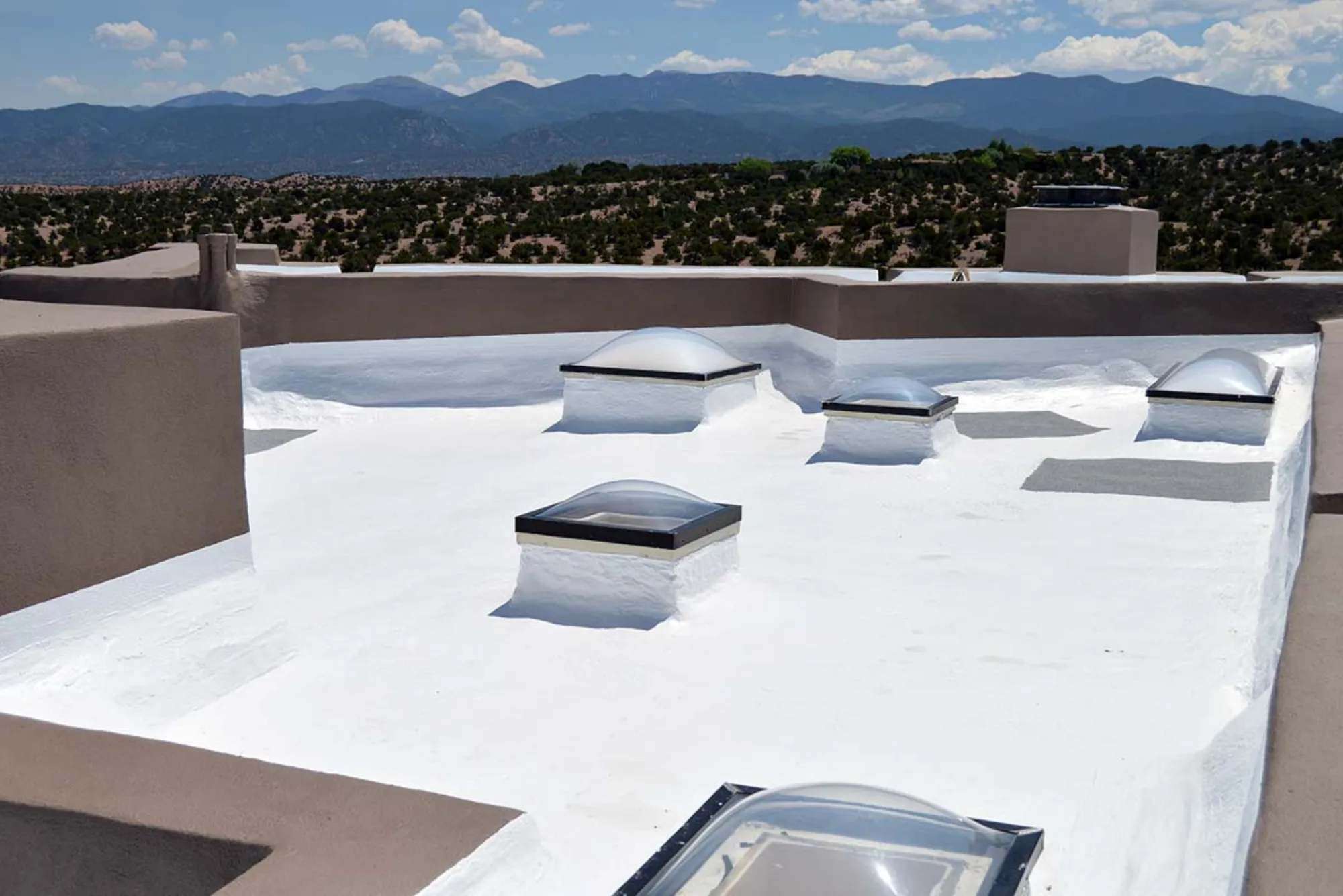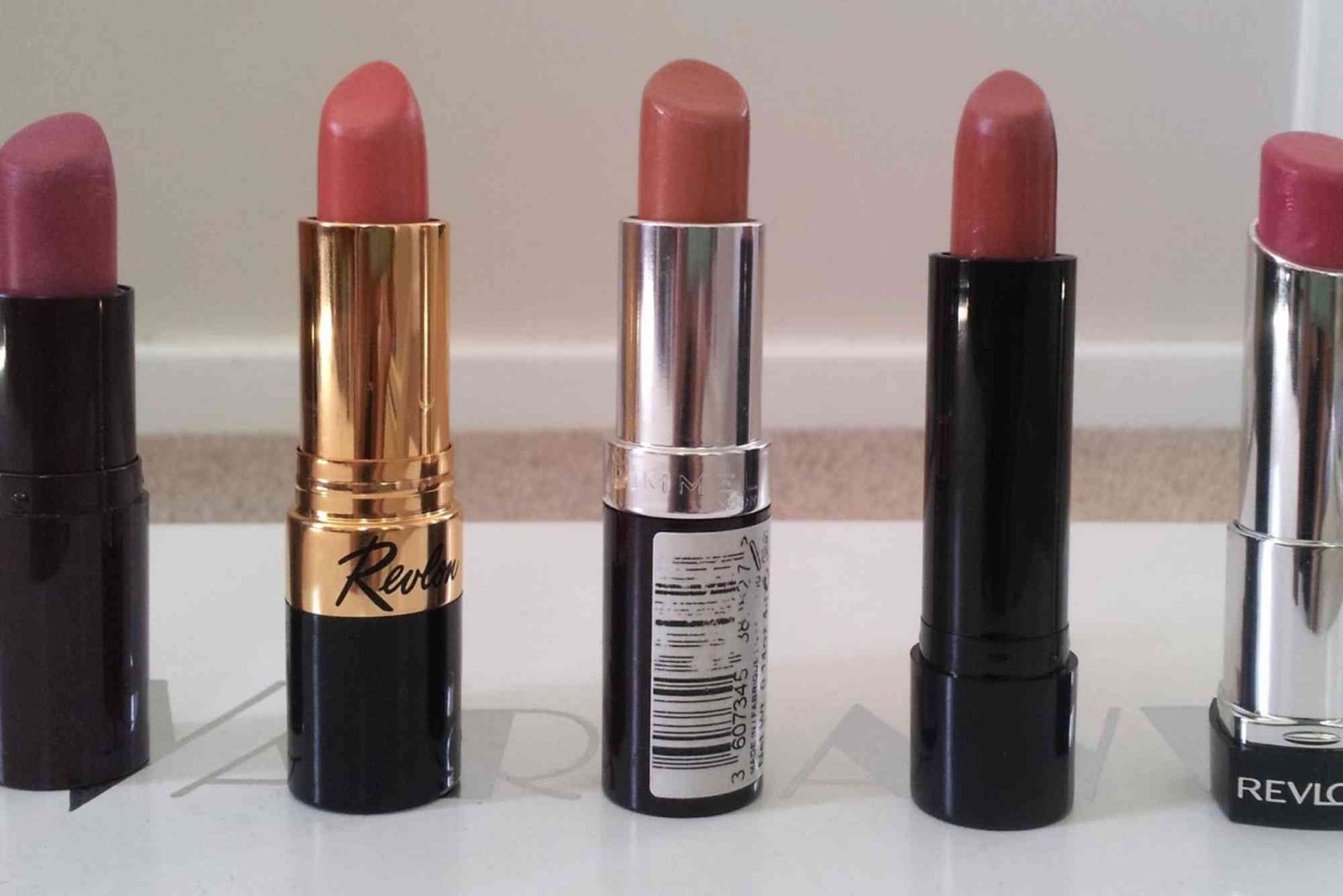Designing roofs to function as cool roofs primarily involves a combination of selecting appropriate materials, understanding the building’s environmental context, and evaluating the long-term benefits. Cool roofs are an increasingly important component in modern architecture, offering significant energy savings, enhanced comfort, and environmental advantages. This article delves into the critical aspects of cool roof design, offering a detailed exploration of the principles, considerations, and advantages of adopting this innovative approach to roofing.
Exploring the Concept of Cool Roofs

Cool roofs are designed with the primary objective of reflecting more sunlight and absorbing less heat than conventional roofs. This concept is based on the physics of solar reflectance and thermal emittance, where the former refers to the roof’s ability to reflect the sun’s rays, and the latter to its capacity to release absorbed heat. Cool roofs can be created using various methods, including applying reflective coatings, using materials like reflective shingles or tiles, and installing advanced roofing membranes.
Understanding how cool roofs work requires a grasp of the interplay between these two key properties—solar reflectance and thermal emittance. By reflecting a larger portion of the sun’s energy, cool roofs stay cooler, thus transferring less heat to the building’s interior. This results in a lower demand for air conditioning, particularly in warm climates, which directly translates into energy savings.
Fundamental Considerations in Designing Cool Roofs
The design process for cool roofs involves a detailed examination of several factors, each contributing to the overall effectiveness and suitability of the roof.
The selection of materials is perhaps the most crucial step. Cool roof materials vary widely, ranging from reflective coatings applied to existing roofs to specially manufactured reflective shingles, tiles, or single-ply membranes. Each material offers different levels of solar reflectance and thermal emittance, and the choice largely depends on the specific requirements of the building, including its location, architecture, and intended use.
The color of the roofing material is another significant consideration. Traditionally, lighter colors have been favored for cool roofs due to their higher reflectivity. However, technological advancements have made it possible to use darker colors that still provide substantial reflective properties. This development allows for greater flexibility in design, enabling architects and building owners to achieve both aesthetic appeal and energy efficiency.
Climate and geography play pivotal roles in determining the effectiveness of a cool roof. In hotter regions, the benefits of cool roofs are pronounced, with significant reductions in cooling costs and improvements in indoor comfort. In contrast, in cooler climates, the advantages may be less obvious, and in some cases, the reduced heat absorption could increase heating demands during winter months. Therefore, it is essential to consider the local climate when designing a cool roof, ensuring that the benefits outweigh any potential drawbacks.
The type of building and its intended usage must also be factored into the design process. For instance, commercial buildings with expansive flat roofs may benefit from installing cool roof membranes, which are both durable and highly reflective. On the other hand, residential buildings might find cool shingles or tiles more suitable, as these materials can seamlessly blend with traditional architectural styles while providing the desired thermal performance.
The Benefits of Adopting Cool Roofs

The adoption of cool roofs offers a multitude of benefits that extend beyond mere energy savings. One of the most immediate advantages is the enhancement of energy efficiency. By reflecting a larger portion of sunlight and reducing heat absorption, cool roofs decrease the need for air conditioning, particularly during hot weather. This reduction in cooling demand not only lowers energy bills but also lessens the strain on power grids during peak usage times.
Improved indoor comfort is another significant benefit associated with cool roofs. Buildings equipped with cool roofs experience more stable and comfortable indoor temperatures, especially in areas without air conditioning. This can lead to a more pleasant living or working environment, reducing the reliance on artificial cooling methods and fostering a healthier indoor climate.
From an environmental perspective, cool roofs contribute to the mitigation of the urban heat island effect, a phenomenon where urban areas become significantly warmer than their rural surroundings due to human activities and infrastructure. By lowering the surface temperature of buildings and the surrounding area, cool roofs help reduce the overall temperature of urban environments, which in turn decreases energy consumption and greenhouse gas emissions.
The extended lifespan of roofing materials is another notable benefit of cool roofs. Traditional roofs are subjected to significant thermal stress due to the constant heating and cooling cycle, which can lead to material degradation over time. Cool roofs, by maintaining a lower temperature, experience less thermal expansion and contraction, thereby reducing wear and tear. This results in a longer-lasting roof, minimizing the frequency of repairs or replacements and contributing to overall cost savings.
Addressing Challenges in Cool Roof Implementation
While cool roofs offer numerous advantages, there are challenges that need to be addressed during the design and implementation process. One of the primary concerns is the initial cost. The materials and technologies used in cool roofs can be more expensive than traditional roofing options, leading to higher upfront costs. However, it is important to consider the long-term savings in energy costs, which often offset the initial investment over time.
Aesthetic considerations are also important when designing cool roofs. Some building owners may be hesitant to use lighter-colored materials due to concerns about the visual impact on the building’s appearance. However, with the development of new materials that combine energy efficiency with aesthetic versatility, it is now possible to design cool roofs that meet both functional and visual requirements.
Climate-specific concerns must be carefully evaluated as well. In regions with colder climates, the reduced heat absorption of cool roofs might increase the need for heating during the winter months, potentially negating some of the energy savings achieved during the summer. Therefore, a thorough analysis of the building’s energy needs throughout the year is essential to determine whether a cool roof is the most effective solution.
Designing roofs as cool roofs involves a careful balance of material selection, aesthetic considerations, and climate analysis. While the initial investment may be higher, the long-term benefits in terms of energy efficiency, improved indoor comfort, reduced environmental impact, and extended roof lifespan make cool roofs a compelling option for modern buildings. As technology continues to advance, the range of cool roof materials and designs will expand, offering even more opportunities to create buildings that are both energy-efficient and visually appealing. By embracing the principles of cool roof design, architects and building owners can contribute to a more sustainable future while enjoying the tangible benefits of reduced energy consumption and enhanced comfort.












